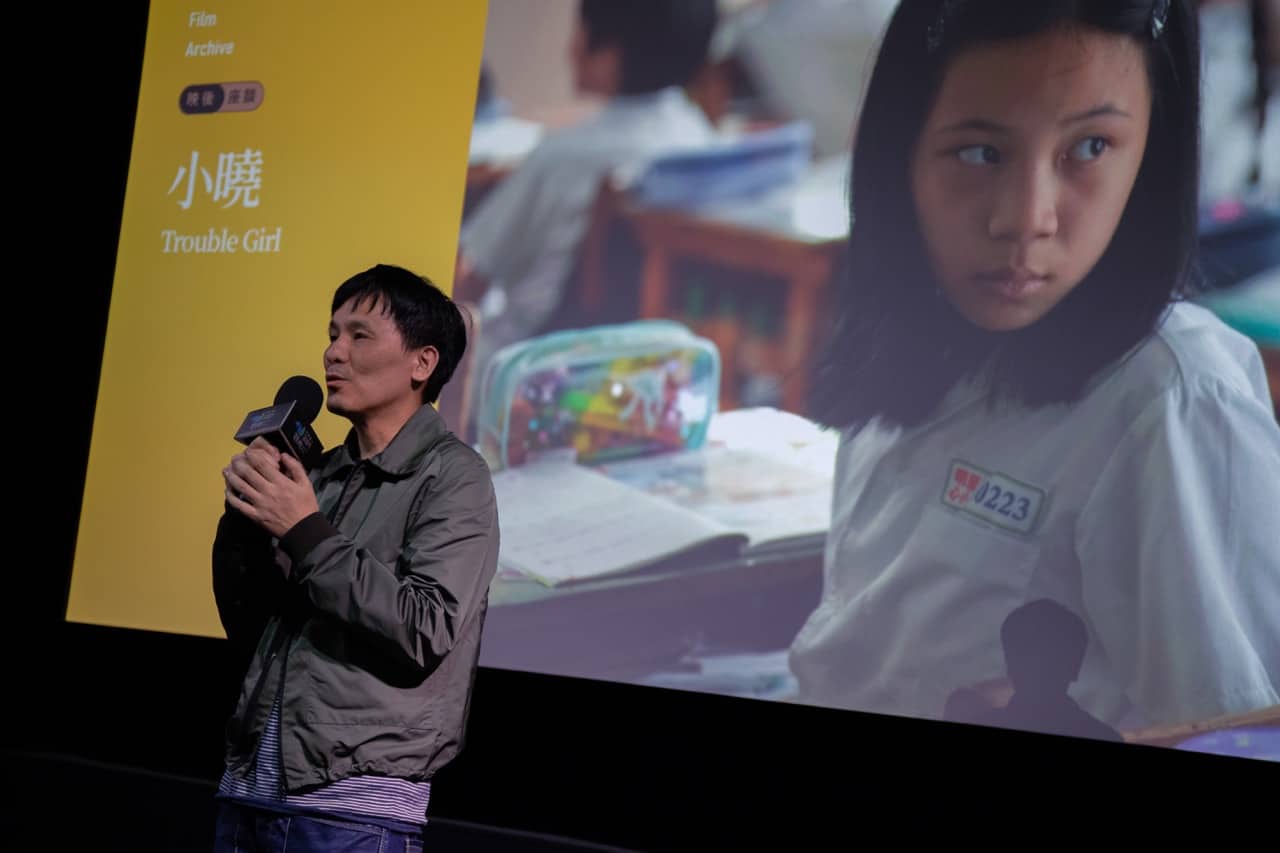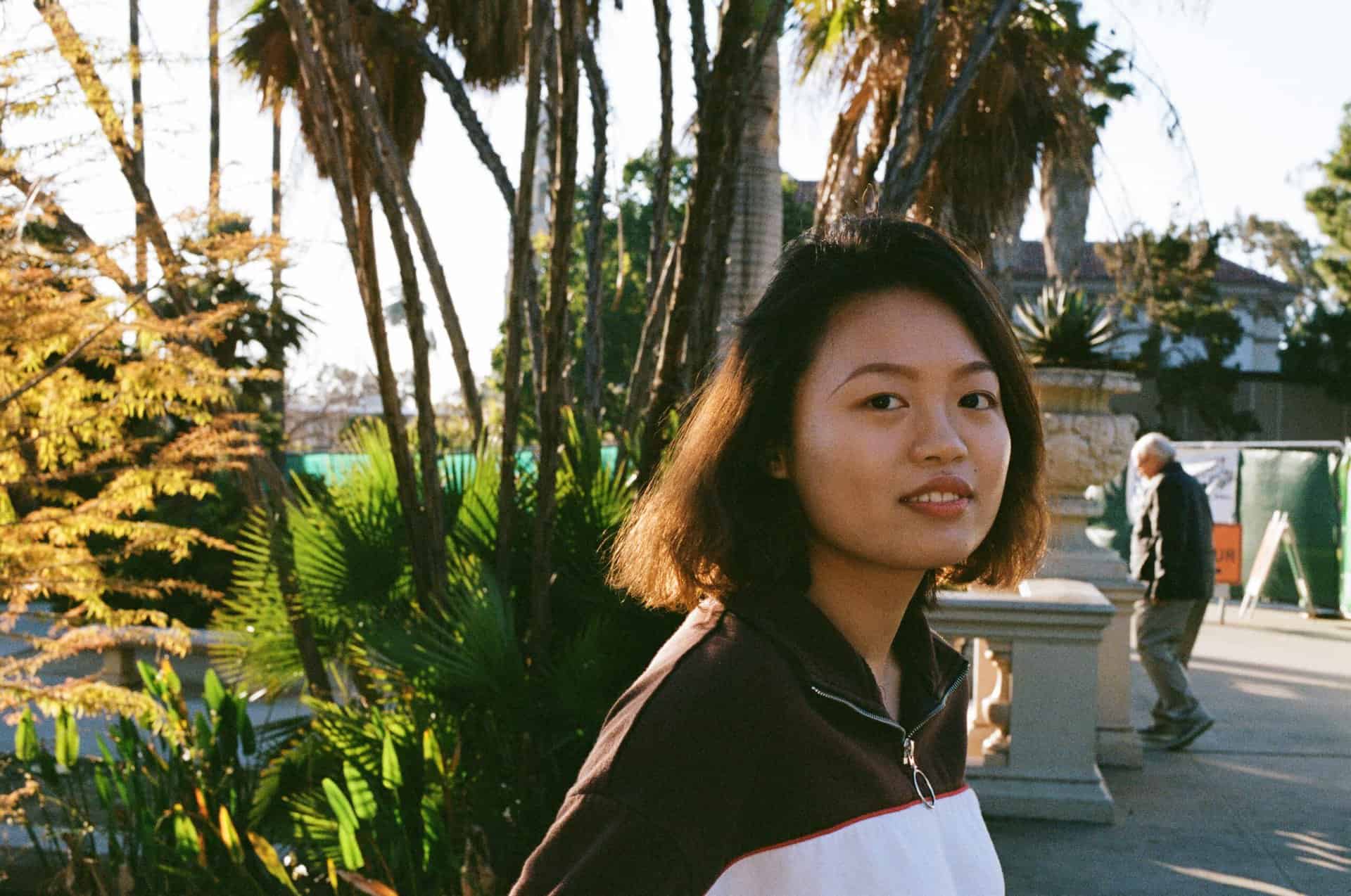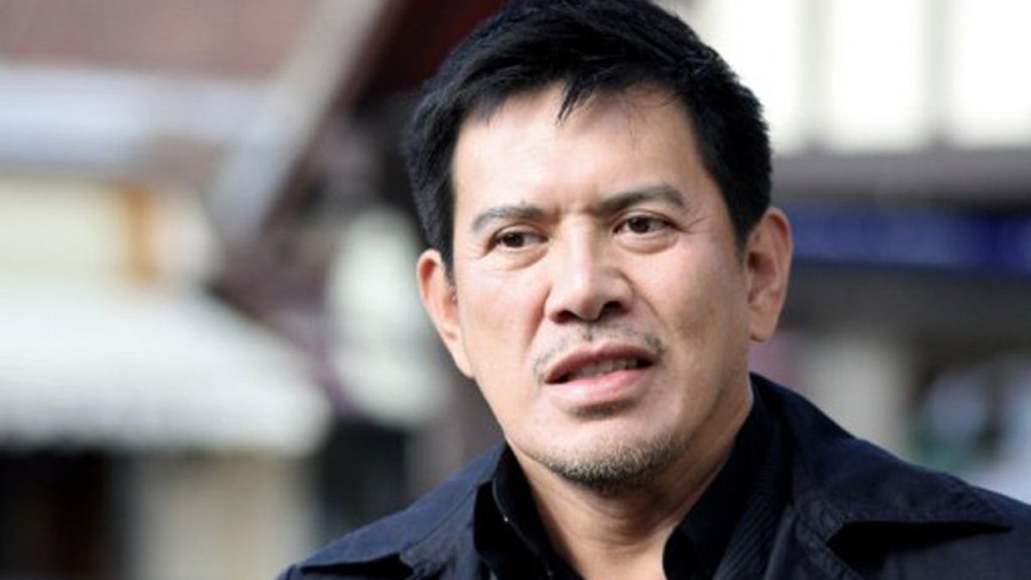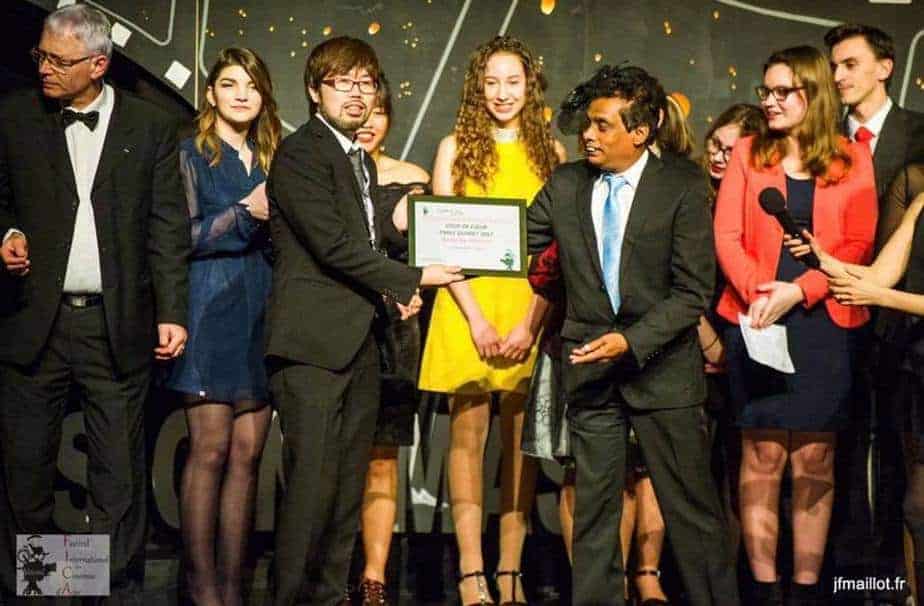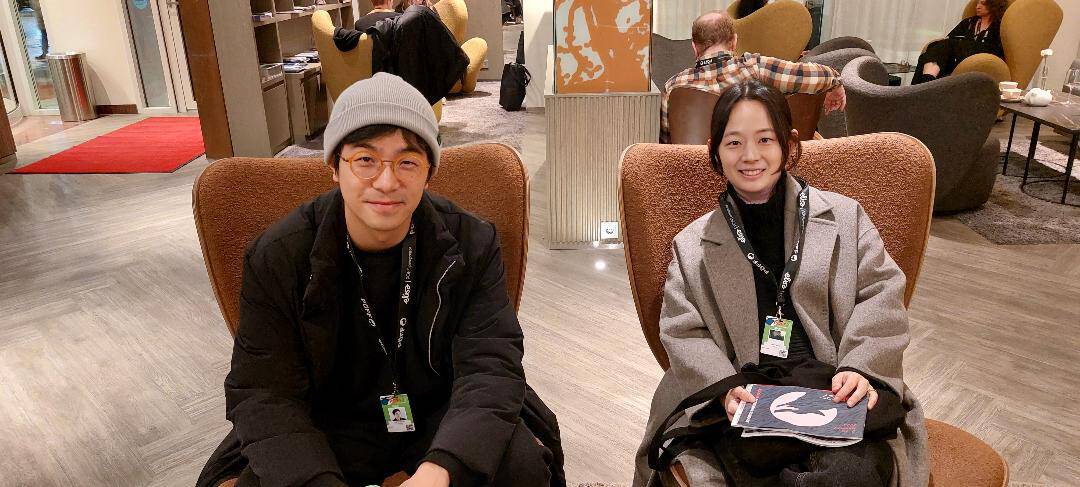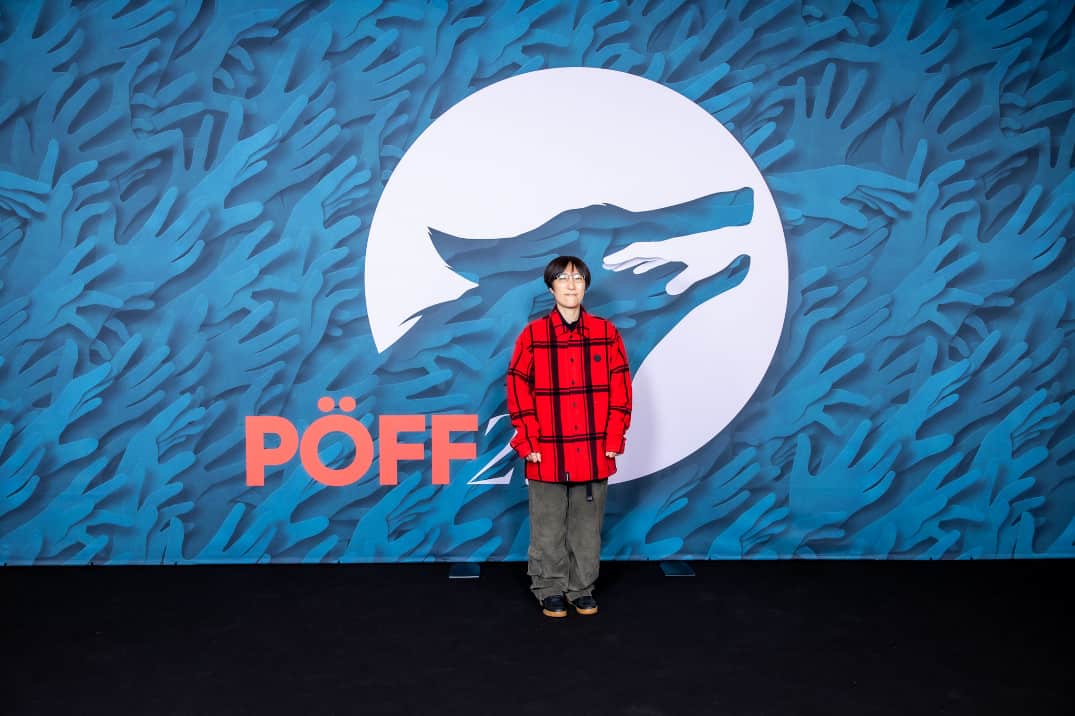Korean Film Academy of the Arts graduate Kim Gyeol competed in this year's Korean Features Competition at the Seoul International Women's Film Festival with her first experimental film, “Nothing or Everything”. She made her first festival rounds with short “Rabbits and Bears” (2005), of which won the Grand Prix at Busan International Short FF and Best Director Award at Henri Langlois FF. She is a familiar face at SIWFF as well; she previously participated with her script “Sweltering Heat” in SIWFF's Pitch&Catch program, an initiative funding first-time directors.
Now she's back at SIWFF with her experimental film, “Nothing or Everything”. Her feature – a slow unraveling of trauma as two women revisit a recent suicide – wavers between past and present in their mountain pilgrimage. “Nothing or Everything”. previously screened in the 36th Torino FF and 57th Ann Arbor FF. When the film came to SIWFF, we sat down with director Kim Gyeol to demystify some of the abstract film's biggest questions.
“Nothing or Everything” screened at Seoul International Women's Film Festival

Your film has very little story for a full-length feature, yet it feels very deliberately written. Can you tell me more about your production process?
Before I started shooting this film, I had prepared a script – one with lots of characters, an extensive plot, the works. While this was fun, I wanted to go beyond the mold. I wanted to try something more minimal. Only two actors. One location. A simple story. And a product that feels like it was shot in one long take.
When we were shooting, I had a team of only nine people – including the actors – working on the film. The actors had busy schedules, so we had to cram filming into as little time possible. I wrote up the dialogue on the spot. We completed production in Gangwon-do in about one month.

How did you choose your actors?
I asked for two traits in my casting call: I wanted someone comfortable acting in front of the camera and with an interesting face. I looked for actors with timeless faces, ones that you don't get tired of looking at; ones that give off a sort of strength and charisma upon first glance.
I'm also fascinated by the film's setting in the mountains. Could you tell me more about why you chose to shoot there?
To be honest, I first chose the mountains because I thought to myself, “Wouldn't it be nice to film in the mountains!” Upon looking back though, I think my own interest started when I last visited a Buddhist temple [in the mountains]. I sat down outside, when I heard a woodpecker drumming — the birds singing — the streams gurgling — though I was sitting in solitude, there was no silence. The mountains were just so alive.
When we started filming in March though, it was really quiet. The trees were still bare, the animals still hibernating. But suddenly – in transition from winter to spring – the mountains sprang to life in a matter of days, as if a couple of months passed overnight. The actors and crew were incredulous. “This isn't the mountain we first came to,” we all said to ourselves. [In the same way,] I wanted to make a film where we can see death in a place full of life.
I really felt immersed in the mountain, especially in the first sequence of the film – where we're watching Lee Yoo-young and Kwon So-hyun walk up the mountain for twenty minutes. How did you decide what to cut and where?
I wanted the viewer to think about the ambiguity of time. Some shots are from memories; some are from the present; but regardless, the two actors are making steadfast progress up the mountain. It's a sort of wandering through not just nature, but through time as well. Walking up the mountain is almost like an uphill battle as they get closer to the site of trauma, to the past suicide.

And the first cut – with the eye opening – where did that come from?
I think the first scene should set the tone for the film. In “Nothing or Everything”, the film is less about the story than the protagonist's own flow of emotion and consciousness; it's more sensitive, more delicate. I wanted to describe the situation with images and sound rather than stories.
To convey this, I captured Yoo-young's eyes in slow-motion, watching her eyes move as her own emotions change. I wanted to express the protagonist's difficult situation accurately and implicitly in just one cut. It's a little ambiguous, but I wanted the audience to realize the extent of the protagonist's hardship as her family wails in the background.
Could you tell me more about the structure of the film?
I constructed the story to parallel the general triangular shape of a mountain. The base is the beginning; the climb up the mountain, the anticipation; the peak, the climax; and finally, when the actors climb back down, they're reaching a final resolution. I also wanted the story to be segmented in a single twenty-four hour day cycle: the beginning of the trek, the morning; the climax, around afternoon; and when the two return, at night. The sound reflects this. In the twenty-some sound tracks combined in post-production, we changed the soundscapes depending on the time of day [in the film] to match the ambiance.

Your film is really hard to turn away from, especially considering how long the traumatic scenes are. Did you ever intend the film for theatrical release?
In an era where people can watch movies on their smartphones or museums, I wanted to make a film that could only be seen in cinemas – where lights are dimmed and everyone is collectively experiencing something new together. Though I can't guarantee that everyone will enjoy the movie, I think “Nothing or Everything” has a lot more depth when someone watches it all the way through. I'm incredibly grateful for this film's own run on the festival circuit, though I'm not so sure how comfortable I would be to screen this film outside of theaters.
You've mentioned before that you worked on a narrative-based script in the past, though this one is quite experimental. What do you think your future films will look like?
Admittedly, I didn't start this thinking, “I'm going to be an experimental filmmaker!” So I don't know if my next film will be narrative or experimental. I do think that this film is a great transition into whatever I do next though. I hope my next project will come to me naturally as this one did!



